Abstract
Approximately 6% of sera submitted for routine immunofluorescent autoantibody screeening produced characteristic reaction patterns against a variety of animal and human tissues. It is suggested that these non-tissue-specific patterns represent a complex family of heterophile antibodies which could be confused with certain autoantibodies. It is further suggested that these heterophile antibodies bear a relationship to IgG isohaemagglutinins.
Full text
PDF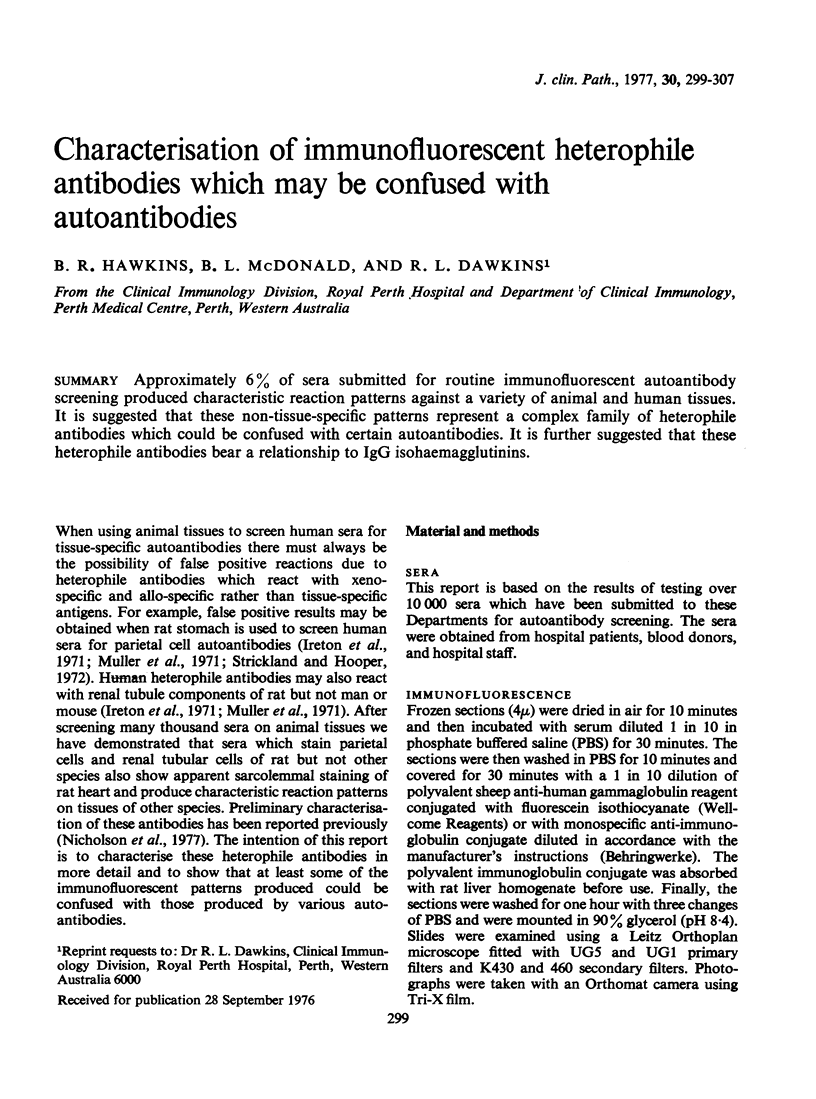
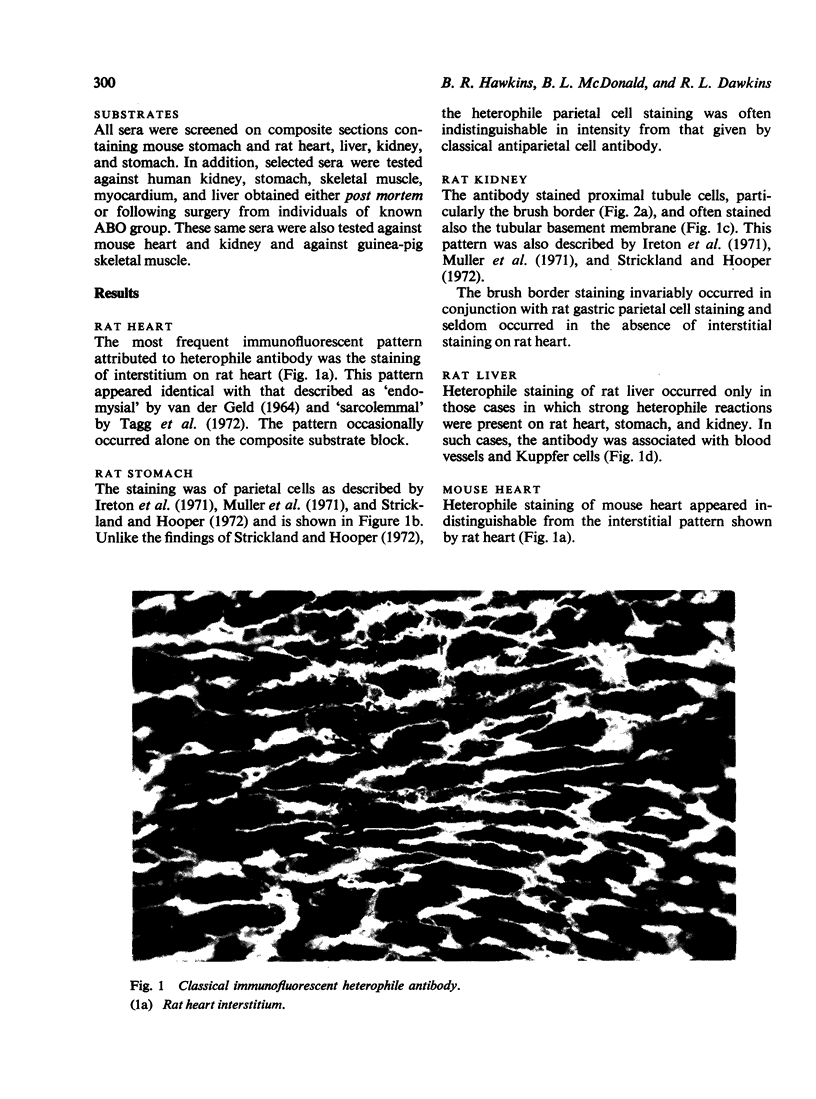
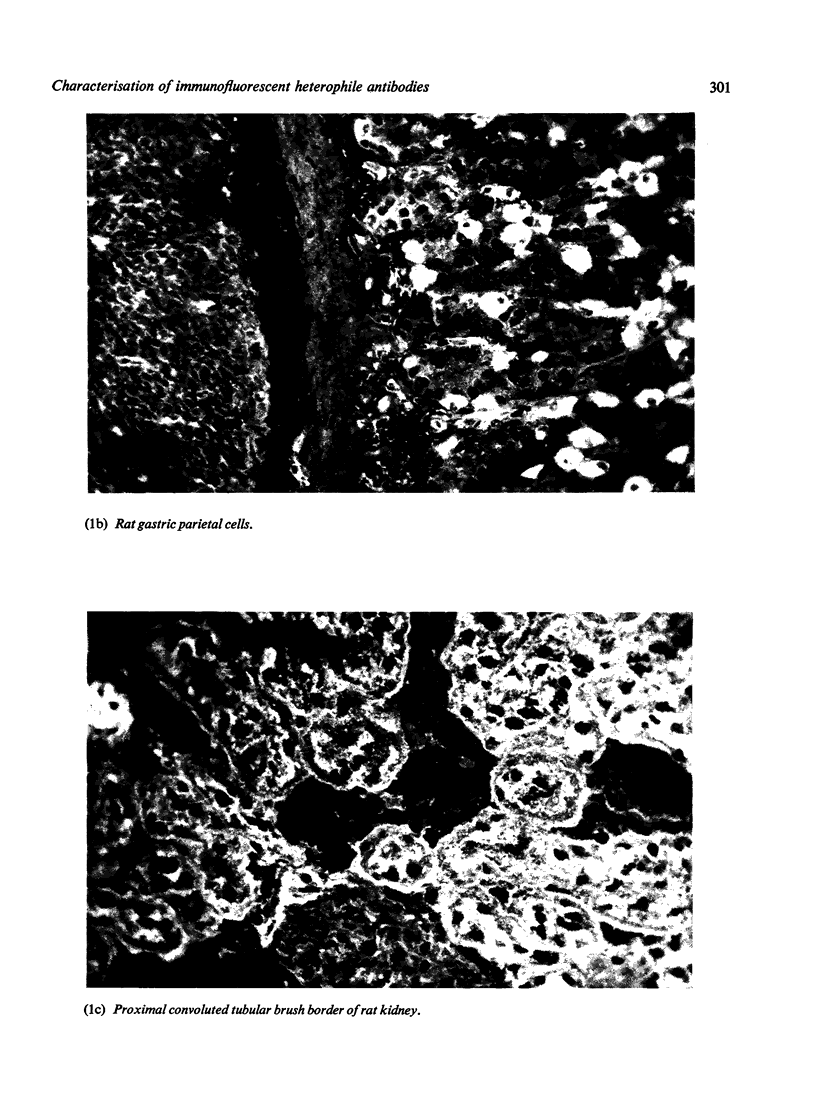
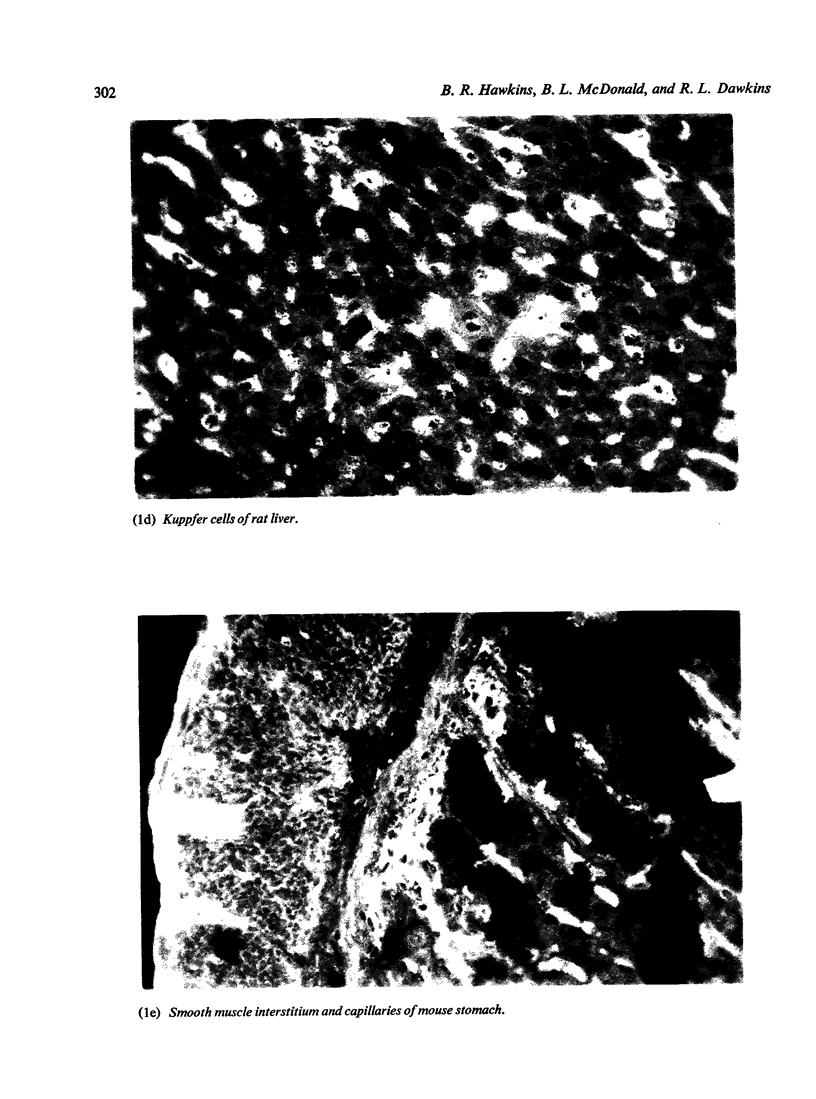
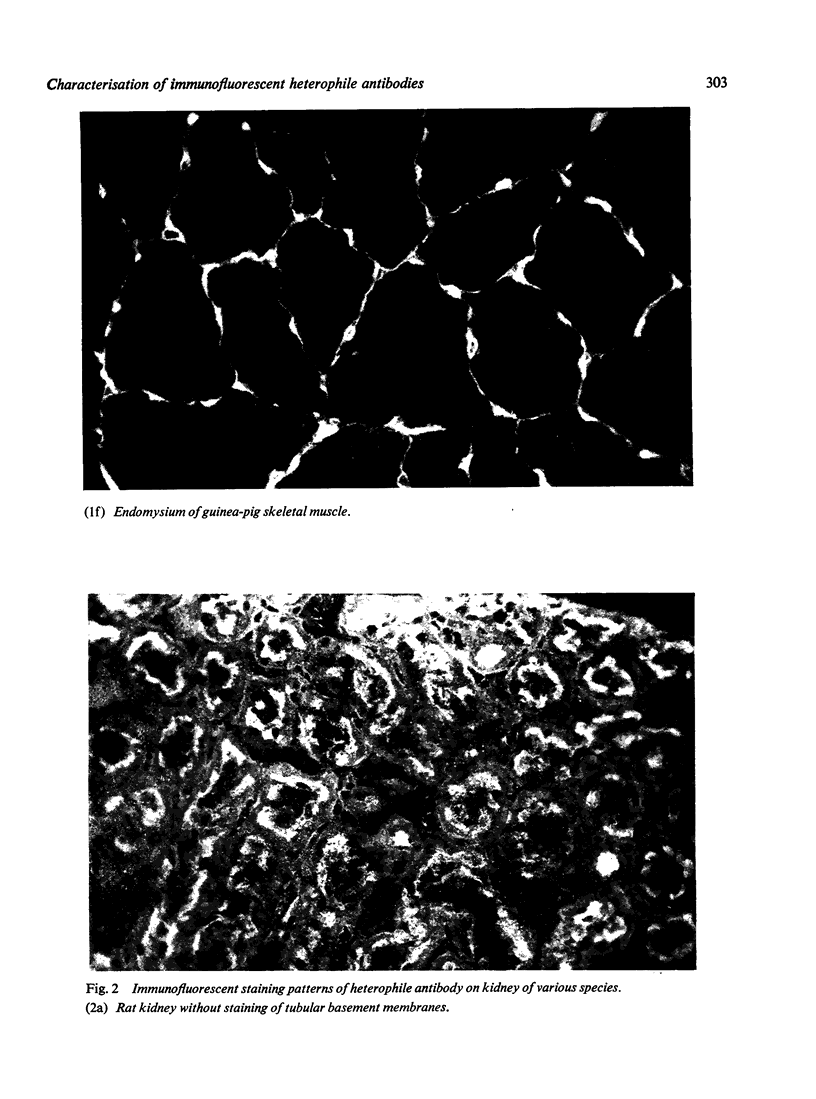
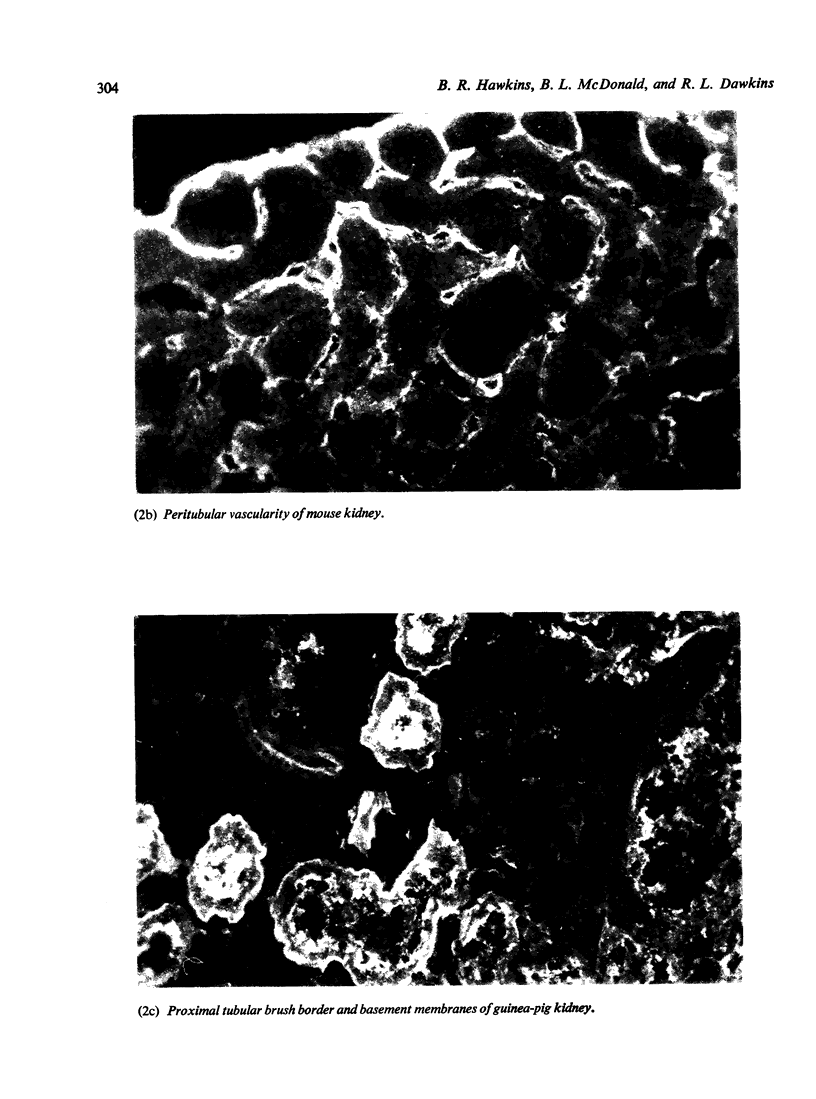
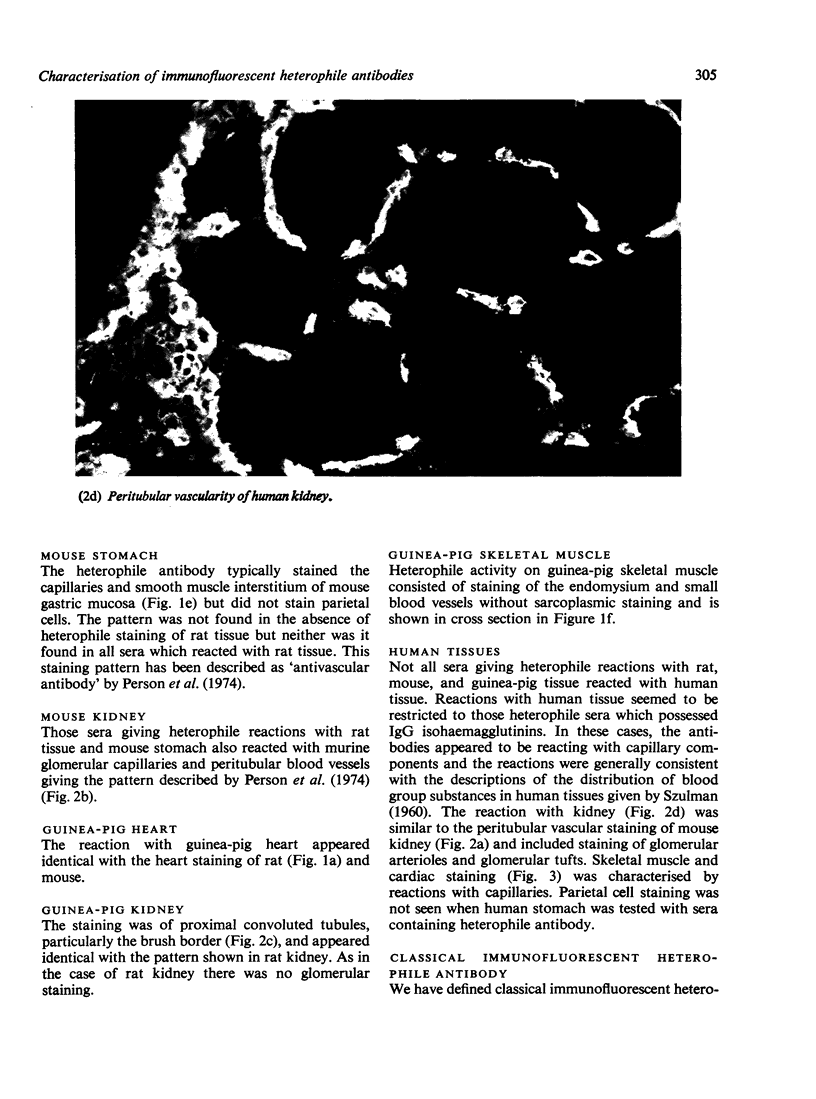
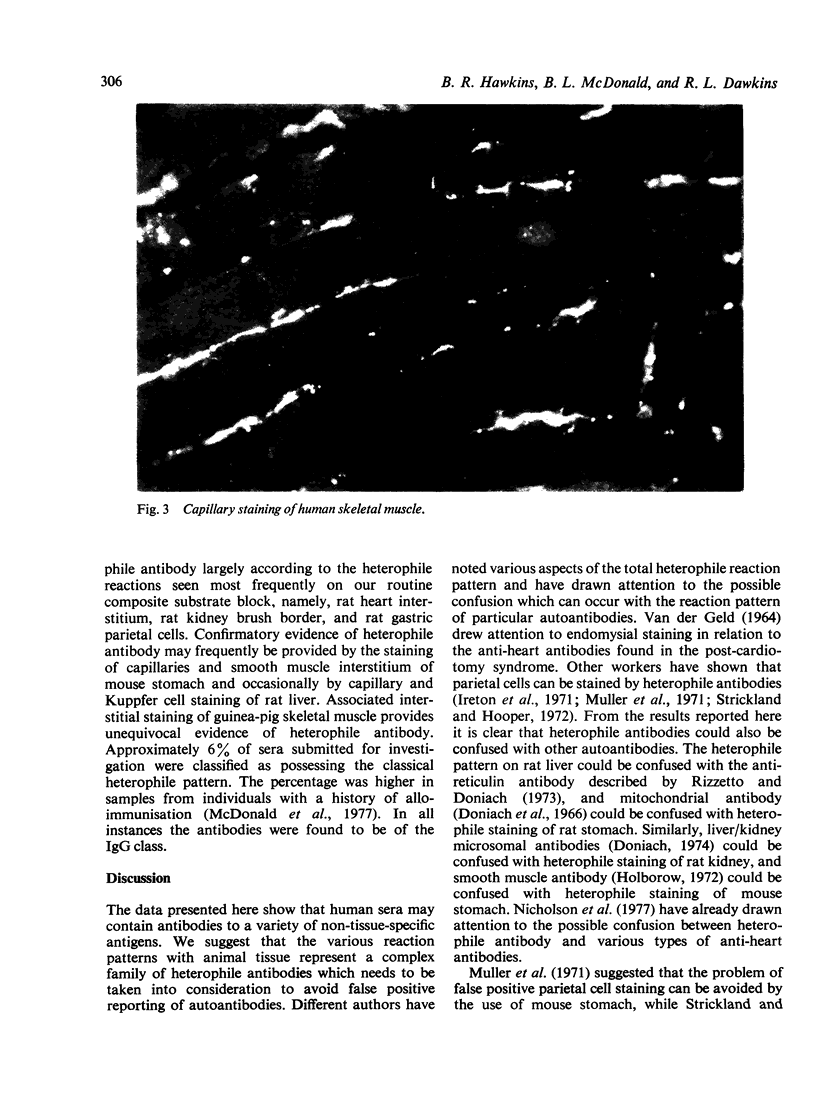
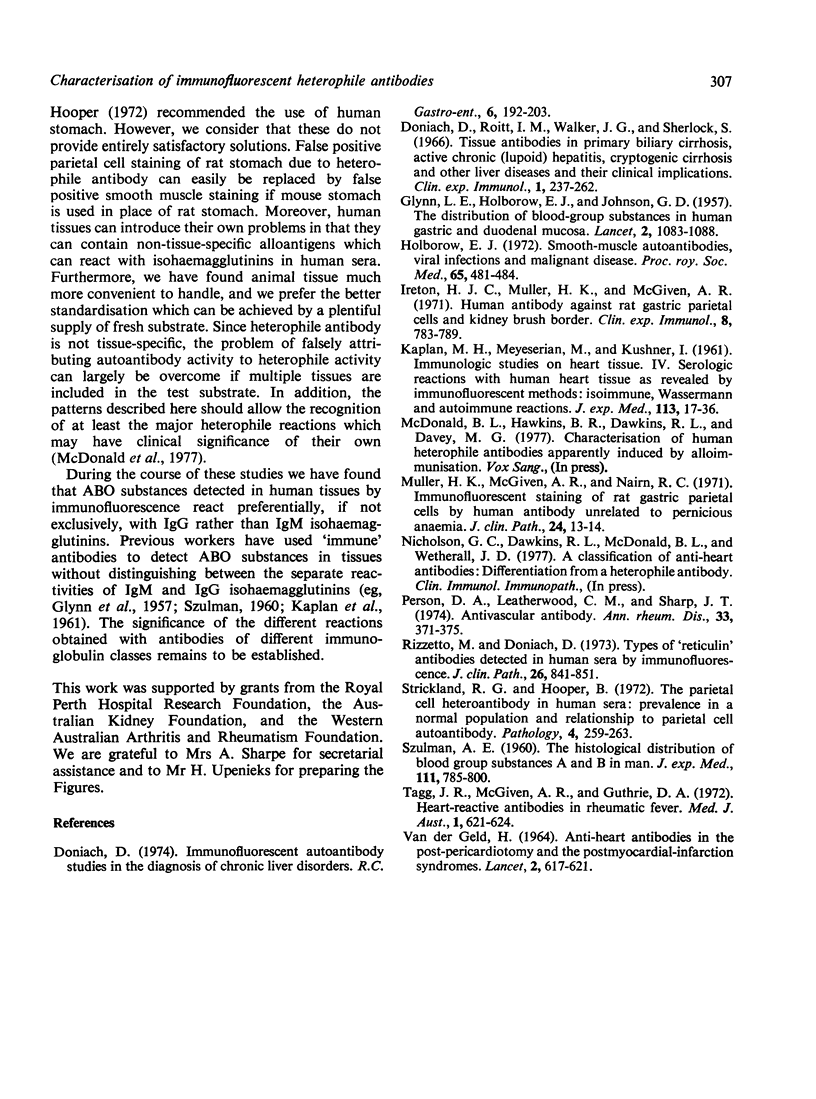
Images in this article
Selected References
These references are in PubMed. This may not be the complete list of references from this article.
- Doniach D., Roitt I. M., Walker J. G., Sherlock S. Tissue antibodies in primary biliary cirrhosis, active chronic (lupoid) hepatitis, cryptogenic cirrhosis and other liver diseases and their clinical implications. Clin Exp Immunol. 1966 Jul;1(3):237–262. [PMC free article] [PubMed] [Google Scholar]
- GLYNN L. E., HOLBOROW E. J., JOHNSON G. D. The distribution of blood-group substances in human gastric and duodenal mucosa. Lancet. 1957 Nov 30;273(7005):1083–1088. doi: 10.1016/s0140-6736(57)90115-0. [DOI] [PubMed] [Google Scholar]
- Holborow E. J. Smooth-muscle autoantibodies, viral infections and malignant disease. Proc R Soc Med. 1972 May;65(5):481–484. [PMC free article] [PubMed] [Google Scholar]
- Ireton H. J., Muller H. K., McGiven A. R. Human antibody against rat gastric parietal cells and kidney brush border. Clin Exp Immunol. 1971 May;8(5):783–789. [PMC free article] [PubMed] [Google Scholar]
- KAPLAN M. H., MEYESERIAN M., KUSHNER I. Immunologic studies of heart tissue. IV. Serologic reactions with human heart tissue as revealed by immunofluorescent methods: isoimmune, Wassermann, and autoimmune reactions. J Exp Med. 1961 Jan 1;113:17–36. doi: 10.1084/jem.113.1.17. [DOI] [PMC free article] [PubMed] [Google Scholar]
- Muller H. K., McGiven A. R., Nairn R. C. Immunofluorescent staining of rat gastric parietal cells by human antibody unrelated to pernicious anaemia. J Clin Pathol. 1971 Feb;24(1):13–14. doi: 10.1136/jcp.24.1.13. [DOI] [PMC free article] [PubMed] [Google Scholar]
- Person D. A., Leatherwood C. M., Sharp J. T. Antivascular antibody. Ann Rheum Dis. 1974 Jul;33(4):371–375. doi: 10.1136/ard.33.4.371. [DOI] [PMC free article] [PubMed] [Google Scholar]
- Rizzetto M., Doniach D. Types of 'reticulin' antibodies detected in human sera by immunofluorescence. J Clin Pathol. 1973 Nov;26(11):841–851. doi: 10.1136/jcp.26.11.841. [DOI] [PMC free article] [PubMed] [Google Scholar]
- SZULMAN A. E. The histological distribution of blood group substances A and B in man. J Exp Med. 1960 Jun 1;111:785–800. doi: 10.1084/jem.111.6.785. [DOI] [PMC free article] [PubMed] [Google Scholar]
- Strickland R. G., Hooper B. The parietal cell heteroantibody in human sera: prevalence in a normal population and relationship to parietal cell autoantibody. Pathology. 1972 Oct;4(4):259–263. doi: 10.3109/00313027209068951. [DOI] [PubMed] [Google Scholar]
- Tagg J. R., McGiven A. R., Guthrie D. A. Heart-reactive antibodies in rheumatic fever. Med J Aust. 1972 Mar 25;1(13):621–624. doi: 10.5694/j.1326-5377.1972.tb46972.x. [DOI] [PubMed] [Google Scholar]
- VAN DER GELD H. ANTI-HEART ANTIBODIES IN THE POSTPERICARDIOTOMY AND THE POSTMYOCARDIAL-INFARCTION SYNDROMES. Lancet. 1964 Sep 19;2(7360):617–621. doi: 10.1016/s0140-6736(64)90512-4. [DOI] [PubMed] [Google Scholar]













